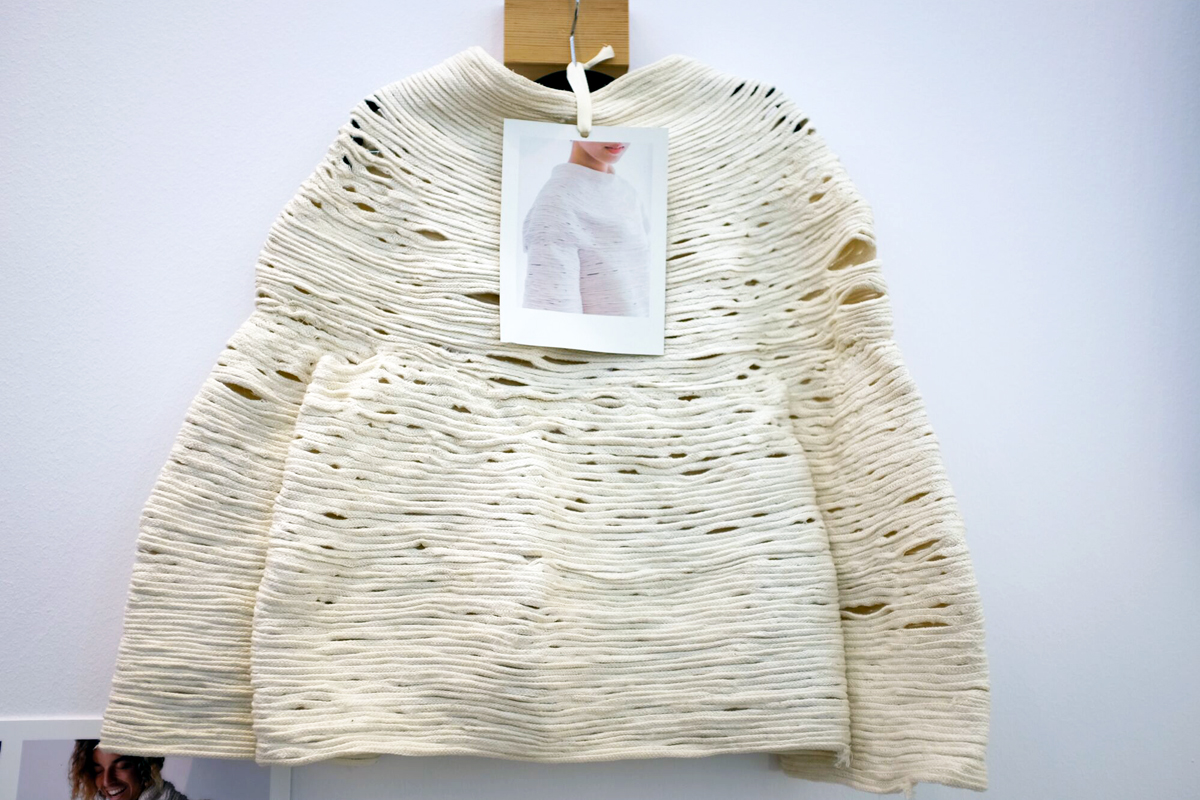Barcelona Design Week 2018: Highlights
Exploring the pragmatic and esoteric by reconsidering various approaches to design

Design form Catalonia has an identity rooted both in regional tradition and contemporary icons. Javier Mariscals objects and characters (like Cobi, the 1992 Summer Olympics mascot), Jorge Pensi’s Toledo Stacking Chair, and Rafael Marquina’s Marquina Oil Cruet (apparently one of the most copied design objects in the history of Spanish design) are all of note. These familiar names, along with the future of Catalan design are at the center of Barcelona Design Weekon now through 14 June. The 13th edition‘s theme Revalorar is a concept that makes reevaluation the focus of design discourse. The idea for designers and visitors is to reconsider. With this in mind, the show’s organizers have created a rich program of talks, exhibitions, awards, workshops and events with a goal is to reconsider how design can define a better future.
One of the most interesting exhibitions is dedicated to the best designs of the past year, through a selection of projects from several creative disciplines. “El Millor Disseny de lAny (The Best Design of the Year) at the Design Museum showcases some 500 local, national and international projects recognized by FAD.

One of the highlights, Lmite, is a research process by Laura Juans that investigates the deep purpose of objects. The inspiration comes from a sentence by Martin Heidegger: “The limit is not where something ceases, but rather… the limit is that from where something begins its essence.” The pieces on display look like common objects, but they are “dysfunctional” in that their use is hidden or mysteriousthey are familiar, but at the same time deeply alien. Viewers will question their use, their age, who made them, and more, thanks to Laura Juans’ work questioning daily life and making one reevaluate what might seem obvious.

Marta Vidal Maps is part of a multidisciplinary team and in Barcelona she presents “Layers,” a production system able to merge knitting and digital fabrication. The process uses additive manufacturing and limits cutting and sewinga way to save precious materials and dramatically limit waste. Vidal Maps not only designs the clothes, but also the machinerya new 3D printer of sortsand shes rethinking how fashion works. Her work is a fascinating alternative to traditional sewing; in the process and also the eye-catching result.

Graphic design is well-represented throughout the show, but “The Next Point of View” is particularly innovative. Prctica and David Galar were asked to reinvent Gravient’s brand identity, including a custom typeface. Since the client creates VR and AR experiences, the designers were inspired by 3D and the behaviors associated with virtual reality. The result is typography that changes according to its rotation in space, not according to the classic styles. For example, instead of having bold, capital or italics, the styles we find are vertical, horizontal and diagonal.

Food (perhaps surprisingly) plays a key role in understanding how design is changing the world. Bon Aprofit, a food design collective from Barcelona, works with food that’s healthy, seasonal, and organic, without forgetting the fun and pleasure of eating together. Their project started with a simple and universal question: is there a fun way to connect kids to eating fresh, healthy food? The answer found its shape in their edible tableware. From plates made from cabbage leaves to spoons of fennel and carrots, their creations are just as enjoyable for adults.

The exhibition “Palo Alto. Origen. Realitat. Futur” presents work from designers, architects, artists, and writers that worked inside the iconic Barcelona buildingonce an industrial plant, but home to dozens of creative studios for the past 20 years. Sculptor Xavier Medina Campeny (who has work in museums and private collections all over the world) is showing to-scale models of four stone statues created for Antoni Gaud’s Sagrada Famliapossibly the most recognizable building in town. They represent the Christian religion’s Four Evangelists and, when completed, they will find their place on top of spires some 135 meters high. Their surfaces will be covered in mosaic, while light (and all the elements) will play important roles in their lives atop the iconic church.
Bon Aprofit image courtesy of studio, all others by Cool Hunting










